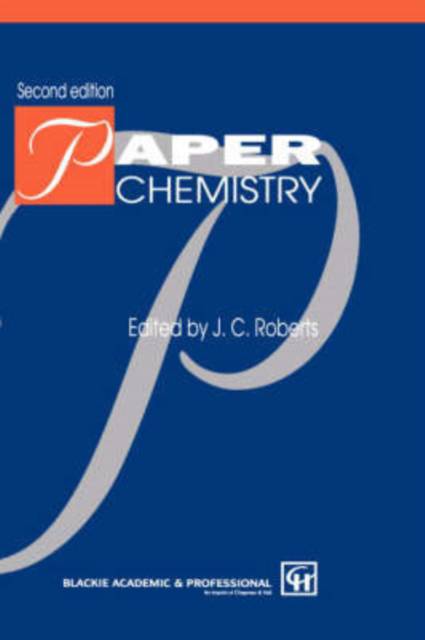
- Retrait gratuit dans votre magasin Club
- 7.000.000 titres dans notre catalogue
- Payer en toute sécurité
- Toujours un magasin près de chez vous
- Retrait gratuit dans votre magasin Club
- 7.000.0000 titres dans notre catalogue
- Payer en toute sécurité
- Toujours un magasin près de chez vous
Description
Although the title of this book is Paper Chemistry, it should be considered as a text about the chemistry of the formation of paper from aqueous suspensions of fibre and other additives, rather than as a book about the chemistry of the raw material itself. It is the subject of what papermakers call wet-end chemistry. There are many other excellent texts on the chemistry of cellulose and apart from one chapter on the accessibility of cellulose, the subject is not addressed here. Neither does the book deal with the chemistry of pulp preparation (from wood, from other plant sources or from recycled fibres), for there are also many excellent texts on this subject. The first edition of this book was a great success and soon became established as one of the Bibles of the industry. Its achievement then was to collect the considerable advances in understanding which had been made in the chemistry of papermaking in previous years, and provide, for the first time, a sound physico chemical basis of the subject. This new edition has been thoroughly updated with much new material added. The formation of paper is a continuous filtration process in which cellulosic fibres are formed into a network which is then pressed and dried. The important chemistry involved in this process is firstly the retention of col- loidal material during filtration and secondly the modification of fibre and sheet properties so as to widen the scope for the use of paper and board products.
Spécifications
Parties prenantes
- Auteur(s) :
- Editeur:
Contenu
- Nombre de pages :
- 267
- Langue:
- Anglais
Caractéristiques
- EAN:
- 9780751402360
- Date de parution :
- 31-12-95
- Format:
- Livre relié
- Format numérique:
- Genaaid
- Dimensions :
- 162 mm x 242 mm
- Poids :
- 693 g

Les avis
Nous publions uniquement les avis qui respectent les conditions requises. Consultez nos conditions pour les avis.






